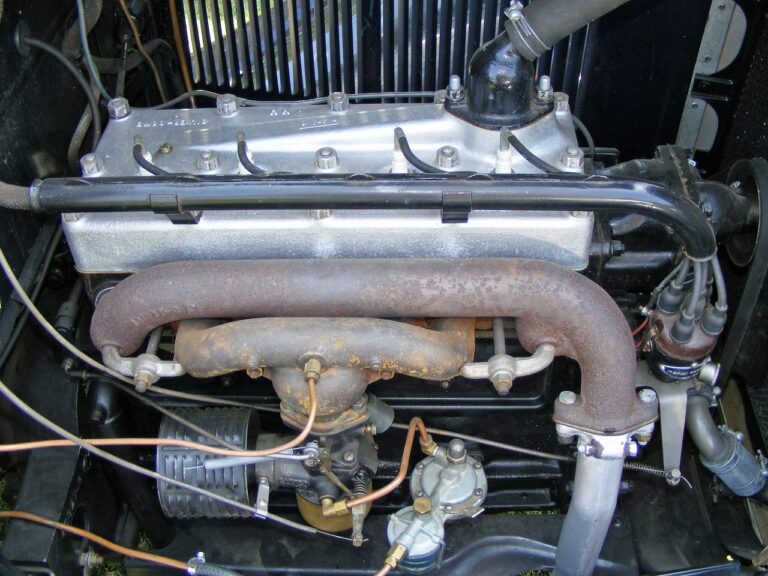Sustainable Practices in Automotive Dealership Operations: Waste Reduction and Recycling
When it comes to automotive repairs, sourcing recycled materials is becoming increasingly important for both environmental and cost-saving reasons. The automotive industry produces a significant amount of waste, including used parts and materials. By utilizing recycled materials in repairs, mechanics and body shops can reduce the demand for new resources, ultimately decreasing their carbon footprint. Additionally, using recycled materials can often be more affordable than purchasing brand-new parts, making it a cost-effective choice for businesses in the automotive sector.
One key aspect of sourcing recycled materials for automotive repairs is ensuring the quality and compatibility of the parts being used. Mechanics and technicians must carefully inspect recycled materials to confirm that they are in good condition and meet the necessary specifications for the vehicle being repaired. Additionally, it’s essential to verify that recycled parts are compatible with the make and model of the vehicle to avoid any potential issues down the road. By taking these precautions and incorporating recycled materials into their repair processes, automotive professionals can make a positive impact on the environment while also benefiting their bottom line.
Implementing Energy-Efficient Lighting and Appliances
Energy-efficient lighting and appliances are crucial components of sustainable practices in automotive repair shops. By switching to LED lighting, businesses can significantly reduce energy consumption and lower electricity bills. LED lights not only last longer than traditional incandescent bulbs but also emit brighter, clearer light, enhancing visibility in the workspace.
In addition to lighting, upgrading to energy-efficient appliances can further contribute to reducing the environmental footprint of automotive repair shops. Energy Star-rated appliances consume less energy while maintaining optimal performance levels. From refrigerators to air compressors, choosing energy-efficient options can lead to long-term cost savings and minimize the shop’s impact on the environment.
– LED lighting can reduce energy consumption and lower electricity bills
– LED lights last longer and emit brighter light compared to traditional bulbs
– Energy Star-rated appliances consume less energy while maintaining performance levels
– Choosing energy-efficient appliances can lead to long-term cost savings
– Energy-efficient options can minimize the environmental impact of automotive repair shops
Developing a Comprehensive Recycling Program for Used Parts
Developing a comprehensive recycling program for used parts is a crucial step towards promoting sustainability within the automotive industry. By implementing a structured system for collecting and recycling used parts, businesses can reduce their environmental impact and contribute to the circular economy. This initiative not only helps in minimizing waste but also conserves valuable resources by giving old parts a second life.
Through a well-designed recycling program, automotive repair shops can efficiently manage their inventory of used parts and prevent them from ending up in landfills. By encouraging the reuse and refurbishment of components, businesses can cut down on production costs and energy consumption associated with manufacturing new parts. Additionally, a comprehensive recycling program can foster a culture of environmental responsibility among employees and customers, creating a positive impact on the overall sustainability efforts of the automotive sector.
Why is sourcing recycled materials important for automotive repairs?
Sourcing recycled materials for automotive repairs is important because it reduces the demand for new resources, lowers the carbon footprint of repairs, and helps promote sustainability in the automotive industry.
How can energy-efficient lighting and appliances benefit a recycling program for used parts?
Energy-efficient lighting and appliances can benefit a recycling program by reducing energy consumption, lowering operational costs, and minimizing environmental impact. Additionally, they can improve workplace efficiency and productivity.
What are the steps involved in developing a comprehensive recycling program for used parts?
The steps involved in developing a comprehensive recycling program for used parts include conducting a waste audit, setting recycling goals, implementing collection and sorting systems, educating employees on recycling practices, and monitoring and evaluating the program for continuous improvement.







